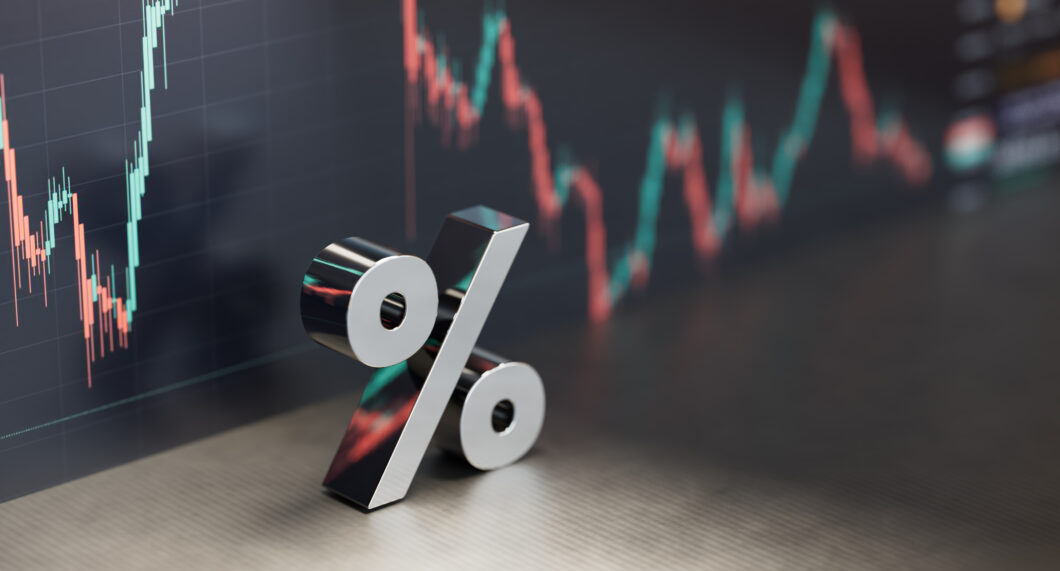SYNOPSIS
When RBI commences a hike in interest rates, the anomaly will start reducing.
When you see commercial ads screaming at you, offering home loans at 6.5%, the rate seems lower than earlier. Good for borrowers, you would say. Yes, it is. But think of the overall interest rate structure prevailing in the country. When you place a 10-year deposit with the State Bank of India (SBI), you get a rate of 5.5%. It means the leading bank is borrowing money for 10 years at 5.5%. When you are borrowing for 10 years at 6.5% even with the security of your home as a mortgage, the rate is obviously higher than 5.5%. It may seem like stating the obvious, but you and I are not the SBI and have to pay more for borrowing money. State governments are raising money in primary issuances at approximately 7.2% – 7.3%, and the 10-year yield in the secondary market for central government securities, the highest credit quality instrument in the country, is approximately 7.15%. This means that the central government is borrowing money at approximately 7.15% for 10 years. And that is the anomaly. You and I are borrowing at 6.5% and the highest authorities in the country are borrowing at 7.15% or 7.25%. The basic premise of economics is, better the profile, lower the borrowing cost and vice versa.
What will happen next
How will this be rectified? Let’s look at how it happened in the first place. India’s banking regulator—the Reserve Bank of India (RBI)— reduced interest rates during the pandemic. That led to low deposit and lending rates in the banking system. Some banks are increasing their deposit and loan rates, but that’s marginal. Inflation has been on the higher side and economic growth has resumed. We are at the threshold of the RBI hiking interest rates. Markets work in anticipation, and traded yield levels (interest rates) in the secondary market where bonds are traded, have moved up. There are other reasons as well for secondary market yield levels moving up. For example, interest rates moving up globally, high government borrowing (higher supply of bonds), high crude oil/metal/commodity prices (pressure on inflation), etc. Whatever be the reason, we have a lopsided interest rate structure as of today. You may say, what is the issue if people like you and me can borrow at a cost lower than the government. It is good for us when we are borrowing but it is unfair to depositors.
The loans disbursed by banks are from the money borrowed from depositors. Banks will lend after accounting for their costs and margin. Given the level of inflation, and the time sacrifice on the money made by depositors, interest rates should be positive, net of inflation. As and when the RBI hikes interest rates, the anomaly would reduce. But there is another angle to it. Banks today have surplus money, thanks to the liquidity infused by the RBI during the pandemic. Banks would rather disburse the existing money than increase deposit rates to a meaningful extent and invite fresh money. This is also expected to happen. The RBI will have to reduce the excess liquidity sloshing around in the banking system. The RBI has announced that it will be done over “multiple years in a non-disruptive manner”. Nonetheless, it has to be done. The equation here is that the RBI has another role: to manage the government’s issuance of bonds while ensuring that the cost of borrowing (interest rate) does not move up significantly. Surplus liquidity helps keep the government’s borrowing costs under check.
What it means
What does this gradual correction of rate anomaly mean for you? If you have taken loans at a floating rate of interest, the interest cost is set to move up, but over a period of time. There are benchmarks for floating interest rates that are not under the control of banks. If the benchmark is the repo rate (the pivot for interest rates in their country, currently at 4%), it will move up as and when the RBI hikes the repo rate. There are other benchmarks such as the secondary market-traded levels of 3-month or 6-month treasury bills. These have moved up to an extent and would move up further as and when the RBI hikes interest rates. What about the government’s cost of borrowing? That also will move up to an extent. However, it will not move up as much, because it has already done so in anticipation. The opportunity that individuals can avail of home loans at cheaper rates than the government’s borrowing cost will prevail for some time, till the process of rectification gets completed.
Source: https://www.livemint.com/money/personal-finance/the-anomaly-in-india-s-interest-rate-structure-11651597083591.html


